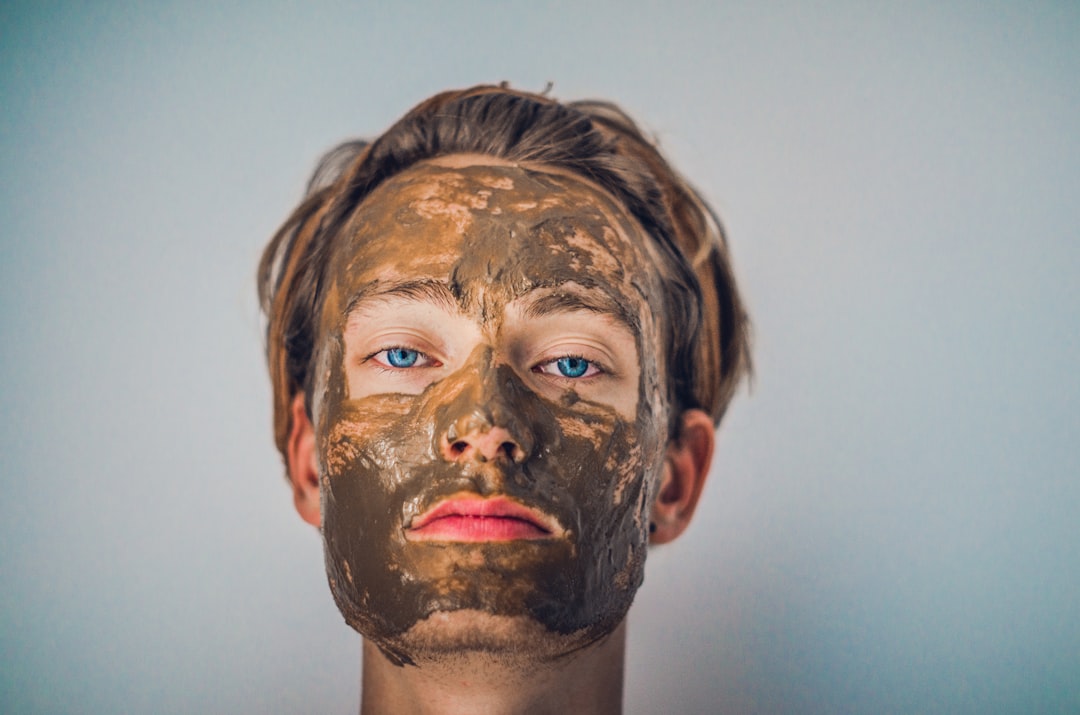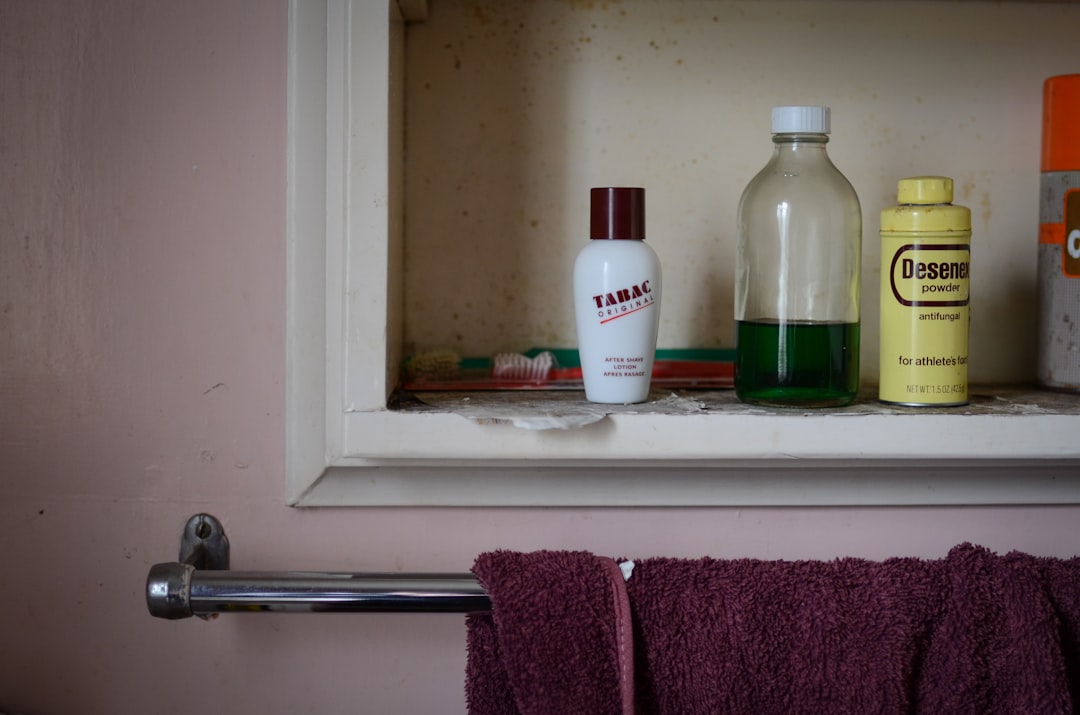The UltraViolet (UV) Index is a critical measure that helps us understand the strength of ultraviolet radiation from the sun at a particular place and time. In the UK, where weather conditions can be highly variable, understanding the UV Index is essential for making informed decisions about daily sun exposure and skin protection. This comprehensive guide explores the UV Index, its variation across the UK, and its implications for maintaining healthy skin.
What is the UV Index?
The UV Index is an international standard measurement of the strength of sunburn-producing ultraviolet radiation at a specific place and time. It was developed by the World Health Organization (WHO), the United Nations Environment Programme (UNEP), and the World Meteorological Organization (WMO) to provide a clear and unified approach to assessing UV exposure.
How is the UV Index Measured?
The UV Index is calculated based on several factors:
- Solar elevation angle: The height of the sun in the sky.
- Ozone concentration: The amount of ozone in the stratosphere, which absorbs some UV radiation.
- Cloud cover: Clouds can block some UV radiation, reducing the UV Index.
- Altitude: Higher altitudes receive more UV radiation.
- Ground reflection: Surfaces like snow, sand, and water can reflect UV radiation, increasing exposure.
The UV Index is expressed as a single number, usually ranging from 0 (low) to 11+ (extreme). Each unit increase in the UV Index represents a roughly 25% increase in the potential for skin damage.

UV Index Scale
- 0-2 (Low): Minimal risk of harm from unprotected sun exposure.
- 3-5 (Moderate): Moderate risk; precautions needed.
- 6-7 (High): High risk; protection required.
- 8-10 (Very High): Very high risk; extra protection essential.
- 11+ (Extreme): Extreme risk; take all precautions.
UV Index Variations Across the UK
The UV Index in the UK varies due to several geographical and seasonal factors. Understanding these variations is key to protecting your skin effectively.
Seasonal Variations
In the UK, the UV Index typically peaks during the summer months (June to August) when the sun is at its highest and daylight hours are longest. During these months, the UV Index can reach levels of 6-8 on sunny days, particularly in the southern parts of the country.
In contrast, during the winter months (December to February), the UV Index is much lower, often remaining between 0-2. This is due to the lower solar elevation angle and shorter days, which result in reduced UV radiation reaching the surface.
Regional Variations
The UV Index also varies by region within the UK:
- Southern England: Generally experiences higher UV levels compared to the north. Regions like Cornwall and the south coast can see UV Index levels of 7-8 in peak summer.
- Northern England and Scotland: These areas typically have lower UV levels due to their higher latitude. UV Index values in summer usually range from 5-6.
- Wales and Northern Ireland: Similar to northern England, with UV Index levels typically between 5-6 during summer.
Weather Conditions
Cloud cover significantly affects the UV Index. On overcast days, the UV Index can be reduced by up to 50%, but it is important to note that UV radiation can still penetrate through clouds. Hence, even on cloudy days, some level of protection is advisable.
Implications for Daily Sun Exposure
Understanding the UV Index is crucial for managing daily sun exposure and protecting skin health. The UV Index provides a guide to the necessary precautions based on the expected UV radiation levels.
Low (0-2)
- Recommendation: Minimal protection needed. Use sunglasses and apply SPF 15+ sunscreen if you have very sensitive skin.
- Impact: Safe for extended outdoor activities without significant risk of sunburn.
Moderate (3-5)
- Recommendation: Seek shade during midday hours, wear protective clothing, wide-brimmed hats, and sunglasses. Use SPF 30+ sunscreen.
- Impact: Increased risk of sunburn, particularly for individuals with fair skin.
High (6-7)
- Recommendation: Extra precautions required. Avoid sun exposure between 10 AM and 4 PM. Apply broad-spectrum SPF 30+ sunscreen every two hours, wear protective clothing and sunglasses.
- Impact: High risk of sunburn and skin damage. Fair-skinned individuals may burn quickly.
Very High (8-10)
- Recommendation: Maximize protection. Stay indoors during peak sun hours, cover up completely with protective clothing and use broad-spectrum SPF 50+ sunscreen.
- Impact: Very high risk of severe sunburn and long-term skin damage.
Extreme (11+)
- Recommendation: Avoid all sun exposure during peak hours. If outside, wear full protective clothing, including a wide-brimmed hat and sunglasses, and apply broad-spectrum SPF 50+ sunscreen every two hours.
- Impact: Extreme risk of sunburn, skin damage, and potential skin cancer.

Skin Protection Strategies
Regardless of the UV Index, certain strategies can help protect your skin from harmful UV radiation.
Sunscreen
- Broad-Spectrum: Protects against both UVA and UVB rays.
- SPF: Choose SPF 30+ for daily use and SPF 50+ for high UV Index days.
- Application: Apply 15-30 minutes before going outside and reapply every two hours, or more frequently if swimming or sweating.
Clothing
- Protective Clothing: Wear long-sleeved shirts, trousers, and wide-brimmed hats.
- UPF-Rated Clothing: Consider clothing with a Ultraviolet Protection Factor (UPF) rating for additional protection.
Sunglasses
- UV Protection: Ensure sunglasses block 100% of UVA and UVB rays.
- Wraparound Styles: Offer better protection by reducing UV exposure from the sides.
Shade
- Seek Shade: Especially during midday when the sun’s rays are strongest.
- Use Umbrellas and Shelters: For outdoor activities, use umbrellas, tents, or other shelters to reduce direct UV exposure.
Behavioural Adjustments
- Limit Sun Exposure: Avoid being outdoors during peak UV radiation times (10 AM to 4 PM).
- Monitor the UV Index: Use weather apps or websites to stay informed about daily UV levels.
Understanding the UV Index and its variations across the UK is essential for making informed decisions about sun exposure and skin protection. By following the recommended precautions based on the UV Index, individuals can significantly reduce their risk of sunburn, skin damage, and long-term health issues like skin cancer. Always remember, effective sun protection is a daily commitment, regardless of the weather or season.




